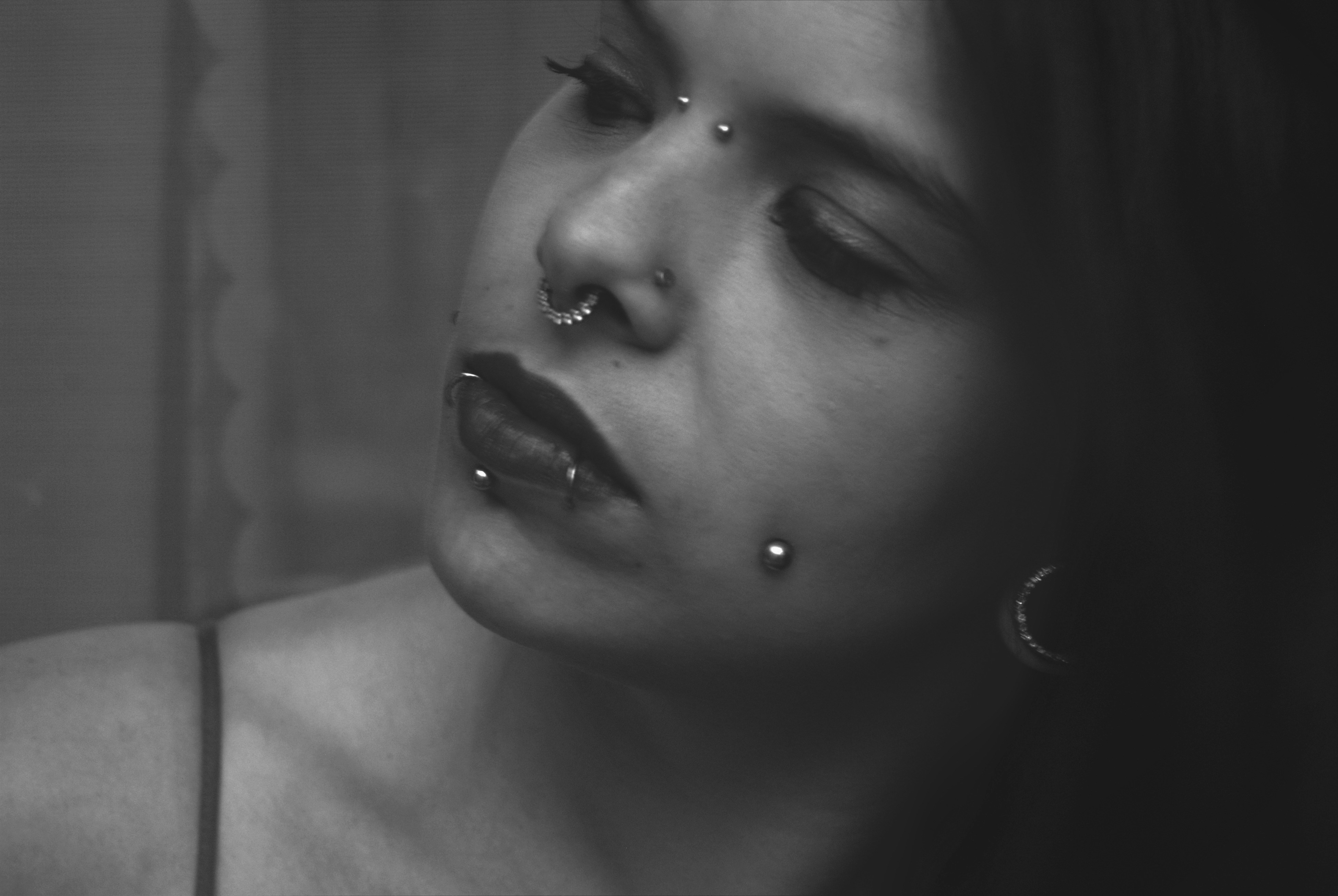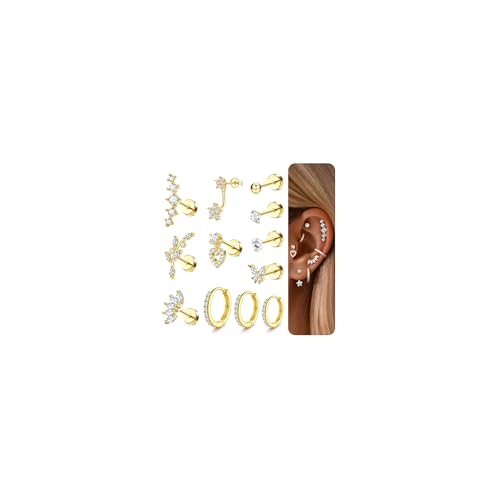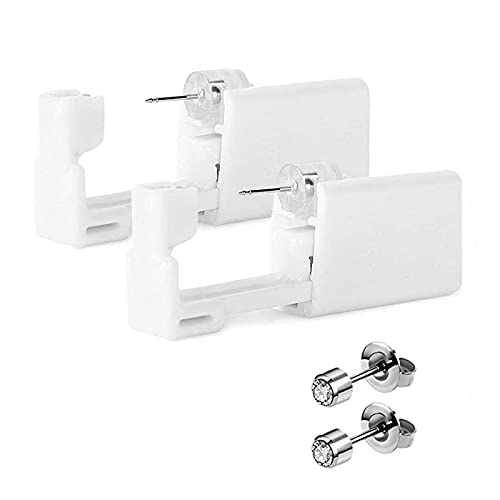A Brief History of Piercings
Body piercings have a longstanding history that dates back thousands of years, with their origins found in various ancient civilizations. The practice can be traced to the Egyptians, who utilized piercings primarily for decorative purposes. Historical artifacts and mummified remains show evidence of ear piercings as fashionable expressions and symbols of wealth. This trend extended across the ancient world, as body modifications became more culturally significant.
In the Americas, the Mayans provide further evidence of the early practice of piercings. They often adorned themselves with elaborate body jewelry, including labrets and stretched earlobes, to signify status or responsibilities within their societies. Similar traditions can be observed among Indigenous tribes, who viewed piercings as integral to their cultural and spiritual identities. These communities practiced ear and nose piercings, using craftsmanship to create meaningful body jewelry from natural materials.
The significance of piercings evolved as they traveled across different regions. In some cultures, they became associated with rites of passage, symbolizing maturity or readiness for adult responsibilities. For instance, in various African cultures, specific ear and lip piercings are linked to tribal identity and personal achievement. As these practices were passed down through generations, the aesthetics of piercings were further enhanced with the introduction of jewels and ornamental body jewelry, each contribution enriching the narrative of bodily adornment.
Throughout successive centuries, the evolution of body piercings has seen a blend of cultural influences, leading to the diverse styles we observe today. As societies modernized, piercings continued to reflect individual expression and style, ensuring their relevance in contemporary fashion and cultural identity. The ongoing popularity of piercings pits the ancient practices against modern trends, revealing their timeless appeal in societies worldwide.
Cultural Significance of Piercings
Piercings serve as a powerful form of body adornment across various cultures, often imbued with deep meanings and purposes that reflect the identities and beliefs of individuals and communities. In many societies, these body modifications are not merely aesthetic choices, but rather significant symbols of status, spirituality, and rites of passage. For instance, among the Maasai of East Africa, ear piercings are an essential aspect of their cultural identity. Brightly colored earrings are worn to signify social status and age, serving as visual markers of an individual’s place within the community.
Native American tribes also utilize piercings as part of their cultural heritage. In certain tribes, the practice of body piercings is intertwined with spiritual beliefs and rituals. Traditional piercings can be regarded as a rite of passage, signifying the transition from childhood to adulthood, and thus reinforcing tribal identity. For example, the practice of the “ear-piercing ceremony” not only adorns the body but also symbolizes an individual’s commitment to their cultural lineage and values.
In modern societies, the significance of piercings can diverge substantially, embracing both personal expression and societal trends. For many, body jewelry becomes a canvas for individuality and self-exploration. However, even in contemporary contexts, the underlying meanings may still relate to personal milestones and transformative experiences, echoing the historical uses of piercings for marking significant life events.
From cultural symbols among indigenous communities to contemporary practices in urban environments, these body modifications reflect broader themes of identity, community, and personal expression. They exemplify how body piercings serve not only as ornamental wear but also as profound emblems of cultural significance. Understanding these diverse meanings enhances our appreciation for the art of body jewelry across different societies.
Modern Perspectives on Piercings
The cultural landscape surrounding piercings has evolved significantly in recent years. Once primarily associated with traditional practices and specific cultural meanings, body piercings have transitioned into a contemporary symbol of personal expression and fashion. Today, piercings are embraced by individuals from all walks of life, serving as a canvas for showcasing unique styles and identities rather than adhering strictly to historical or cultural contexts. The shift in perception is largely attributed to increased acceptance of body modifications, where various forms of jewelry embellishing the body denote self-identity, creativity, and individuality.
In the past, piercings often conveyed deeper spiritual or social significances within specific communities. In contrast, current trends highlight an inclination toward personal aesthetics. From ear gauges to septum rings, individuals now utilize body jewelry as a distinct means to navigate their self-expression. This democratization of piercings emphasizes that they are not limited to particular groups but are instead widely recognized as a mainstream fashion statement enjoyed by both men and women alike.
The role of social media has further amplified this transformation. Platforms such as Instagram and TikTok serve as visual platforms for influencers and everyday users to showcase their body piercings and the diverse jewelry options available. Trends gain traction rapidly through these channels, elevating body modification to a form of art widely acknowledged in popular culture. As a result, piercings have become a medium for individuals to connect and share their personal stories, transcending traditional barriers and fostering a community around self-expression through body art.
The Health and Safety Aspects of Piercing
Body piercings have been a significant element of various cultures for centuries, but along with their aesthetic and cultural appeal, health and safety considerations must be paramount. Achieving safe and hygienic piercings requires an understanding of best practices, potential risks, and methods for proper aftercare. To minimize health risks, it is essential to choose a reputable professional who uses appropriate sterilization techniques and high-quality jewelry materials.
When selecting a piercing studio, ensure that the establishment adheres to local health regulations and maintains a clean, professional environment. Look for certified piercers who possess a strong grasp of anatomy and hygiene protocols. Utilizing sterile needles instead of piercing guns is crucial, as needles create a clean hole that facilitates proper healing. In addition, selecting jewelry made from materials such as titanium, surgical steel, or gold can help reduce the risk of allergic reactions and infections.
Despite following best practices, complications can still arise. Common risks associated with piercings include infections, excessive bleeding, and allergic reactions to body jewelry. Signs of infection may include redness, swelling, and discharge. If any of these symptoms occur, it is vital to seek immediate medical attention to address the issue promptly. Moreover, avoiding swimming in pools, hot tubs, or natural bodies of water during the healing process is essential to prevent introducing bacteria.
Aftercare plays a crucial role in the healing of piercings. Regular cleaning with saline solutions or recommended anti-bacterial substances is effective in maintaining hygiene. Avoiding unnecessary touching of the piercing and refraining from using alcohol or hydrogen peroxide is advisable, as these can irritate the area. By following thorough aftercare guidelines and appreciating the cultural significance of body piercings, individuals can enjoy their adornments while successfully minimizing health risks.




